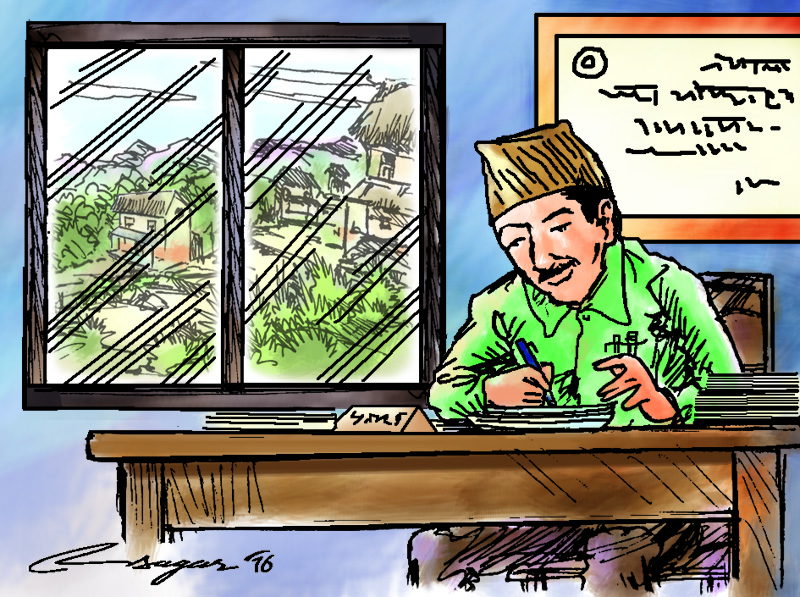Local government associations: Important contributions
Local Government Associations (LGA) are organisations comprised of the local authorities in a geographic area (usually a country, State or Province). These LGA’s seek to both represent and advocate for the interests of the local government
Since the beginning of the local government election period there have been various questions and a number of apparent misunderstandings amongst some media organizations and other stakeholders in regards to the status of Local Government Associations (LGA’s) within the new formed local government structure. The recent approval of the new ‘Local Government Operation Act (2017)’, while welcome, has done little to provide certainty around the issue of LGA’s.
Broadly speaking Local Government Associations (LGA’s) are organisations comprised of the local authorities in a geographic area (usually a country, State or Province). These LGA’s seek to both represent and advocate for the interests of local government to national and provincial governments, support local government to achieve their objectives and implement policy decisions that are of widespread importance, and they serve to also promote better practices and improved functioning of local government, more generally through training and capacity building. In Nepal, there are three different LGA’s, each representing one of the three different types of local government in the country, namely, the Association of District Development Committees of Nepal (ADDCN), the Municipal Association of Nepal (MuAN) and the National Association of VDCs of Nepal (NAVIN).
It was approximately one year ago when the new local government act was initially proposed and at that time there was great anticipation amongst the LGA’s that their status would be clearly articulated within the bill. It took almost an entire year before the bill was sent to the Parliament. There was some encouraging news with the coining of the name of the bill ‘Local Government Operation Act’ and some further clarification and definitions provided around the roles and responsibilities of local government in the new context. One disappointing aspect is that the parliamentary Development Committee ultimately voted to withdraw the provision from the bill regarding the status of the three different LGAs.
Disappointment aside, there is no blaming any party and government who acted well within their democratic rights to exclude the provision. Importantly though, that the provision was ultimately not explicitly included within the new Act is largely irrelevant in terms of direct policy impact, as the three existing LGA’s already have a strong ongoing legal status under the ‘National Directive Act 1961’. In general, the media covered this issue widely but they did not focus on the existing legal status, contribution and importance of LGAs in the area of local democracy. This led many people to erroneously believe that the LGAs would no longer exist as they were left out of the new act, that is incorrect.
The three LGA’s have made a variety of important contributions to governance in Nepal, and they continue to influence policy and decision making at all levels. LGAs have fought to create legislation that provides for genuine decentralization and local decision making, they also fought for local democracy through the Supreme Court to advocate for free and regular elections to be held and were instrumental in ensuring that a separate list of local government powers and responsibilities were included in the new constitution. The realization of the ‘Local Self Governance Act 1999’ is one of the greatest achievements, which has been held up as an example, both in Nepal and internationally, of a progressive document to further the cause of decentralization of power to local units.
LGAs exist not only to advocate for their members but also to support all levels of government in implementing good and fair representative governance. This fairness also extends to how the LGAs are operated, in the governance structure the first position goes to the largest party and second and third positions are for the second and third largest parties, respectively.
It is essential that the LGA’s are able to continue their role as representatives of local government in the new context. Local Government at the rural, municipality and metropolitan levels now have been afforded substantial additional powers and responsibilities, so it is more important than ever that they have effective representation and are able to have a united voice on certain issues. At the same time the role of the district, which the constitution clearly recognizes as a type of local government and not as a separate tier, has changed to that of a primarily coordination and monitoring role.
That the status of LGA’s was not ultimately included in the new act is a disappointing and unpopular decision of Parliament, and it is also discouraging for recently elected local government representatives. We hope that the legislative parliament will review these provisions again in the future to ensure local government associations are recognised for their important contributions in a more dignified manner. There is still hope that in the future political parties and government will realize the importance of the associations in the national and international arena, nonetheless the three LGA’s remain legal entities backed up by legislation and will continue working to further the cause of ensuring the implementation of true decentralisation and democracy in Nepal.
Neupane and Garde are working for ADDCN






